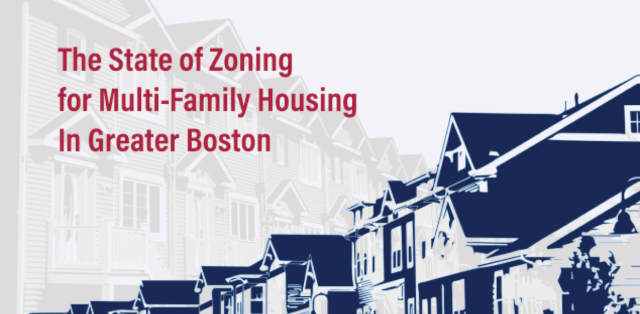This report shows a number of great, livable neighborhoods in communities like Lexington, Cohasset, Great Barrington, etc. where under the municipality’s “official” zoning, the neighborhoods would be illegal and could not exist. These are neighborhoods that residents enjoy for a variety of special characteristics that would have been blocked in typical zoning. Zoning can result in a too homogeneous community, excluding the serendipities of co-location in a land use development process evolving over a great many years. Can we anticipate these synergies and include them to enrichen our town’s neighborhoods?
After a week of good coverage on the need for more housing units in the greater Boston region, on August 2, 2019 the GLOBE carried the following editorial, mentioning the situation in Arlington.
(This post originally appeared as a one-page handout, distributed at The State of Zoning for Multi-Family Housing in Greater Boston.)
Why Is This Our Issue & What Should We Do About It?
(presented by Adam Chapdelaine, Town Manager, to Select Board on July 22, 2019)

(published June, 2019)
(DRAFT – 7/11/2019)
(Barbara Thornton, Arlington and Roberta Cameron, Medford)
The cost of building a residential unit, single or multi-family, correlates directly, if not precisely, with its cost to resident tenants or owners. The following study and data (using Assessor’s data) demonstrates that higher density housing is more affordable than single-family housing. Whether you look at the median cost of all housing across the Town or the unit costs of the newer, more expensive, apartments built in the last decade, density yields lower prices. The town wide median is $438,900 per unit.
(This post was originally an email message, discussion open space changes proposed by an Affordable Housing article during the Arlington, MA’s 2019 town meeting. It’s also a decent description of our town’s open space laws.)
A large part of the debate about the proposed Zoning issues in Arlington revolves around a perspective of Arlington’s culture and how best to maintain it. Can we freeze in time the small, less expensive homes in our R1 & R2 districts? Can we continue to provide low cost rental housing to people in the R4 to R7 districts, housing that is now quite old and is below market rent because it has not been adequately maintained? Or can we reach a consensus about what we most value in Arlington’s culture and set a path to ensuring its preservation for the future?